10 endangered species of India: Rapid population growth and urbanization over the past 50 years have led to large-scale deforestation and habitat loss, putting wildlife at risk of extinction. International Union for Conservation of Nature (IUCN) Red List 2020 analysis More than 500 land animal species face imminent extinction within the next 20 years, highlighting the alarming acceleration of the sixth mass extinction.
India, known for its rich biodiversity, is currently at the frontline of this crisis due to a variety of factors including population density and rapid land development. Habitat loss, poaching, climate change. So in commemoration of National Endangered Species Day on May 17, the spotlight is on the urgent need to protect endangered species and their habitats.
Raising awareness, supporting conservation efforts, and advocating for policies that prioritize the protection of vulnerable wildlife is essential to countering the imminent threat of extinction facing many species. The following is Top 10 endangered species in India that are at risk of extinction and in urgent need of protection.
According to the IUCN Red List and WWF, the top 10 endangered species in India are:
1. Asian elephant
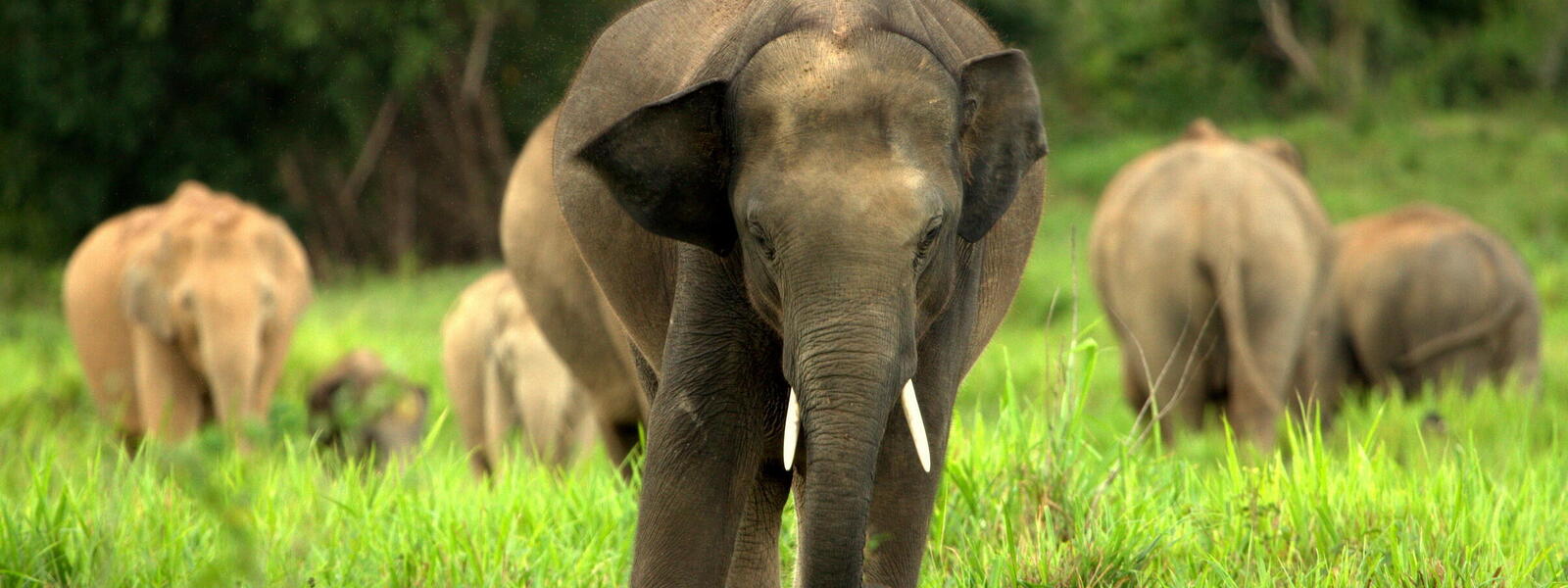
The Asian elephant, Asia’s largest land mammal, has significant cultural significance across the continent. These majestic creatures, revered both within India and abroad, play an important role in conserving forest and grassland ecosystems. Once thriving across India, including in regions such as Punjab and Gujarat, Asian elephants now face extinction due to habitat fragmentation, human-wildlife conflict, and poaching for their tusks. . Efforts to protect these iconic animals are essential to protect their future and the biodiversity they support.
2. Ganges River Dolphin
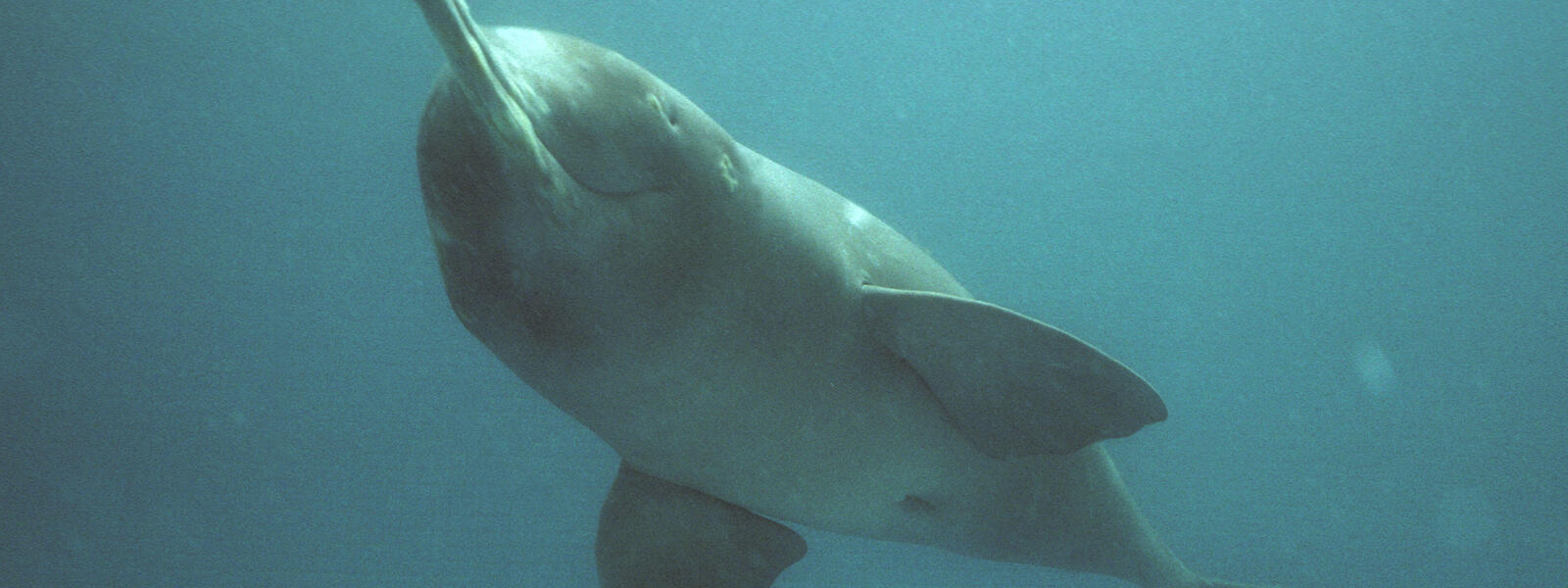
Living in one of the world’s most densely populated regions, the Ganges River dolphin faces an unprecedented threat to its survival. River water removal and siltation, primarily caused by deforestation, pollution and entanglement in fishing nets, are pushing the species to the brink of extinction. In addition, river changes caused by dams are fragmenting populations, further exacerbating the problem. The dolphin’s habitat is spread across the Ganges, Brahmaputra, Meghna, Karnaphuli, and Sangu river systems in Nepal, India, and Bangladesh.

A recent survey conducted by WWF-India and its partners revealed an alarming decline with less than 2,000 individuals found in India alone.
3. One-horned rhinoceros
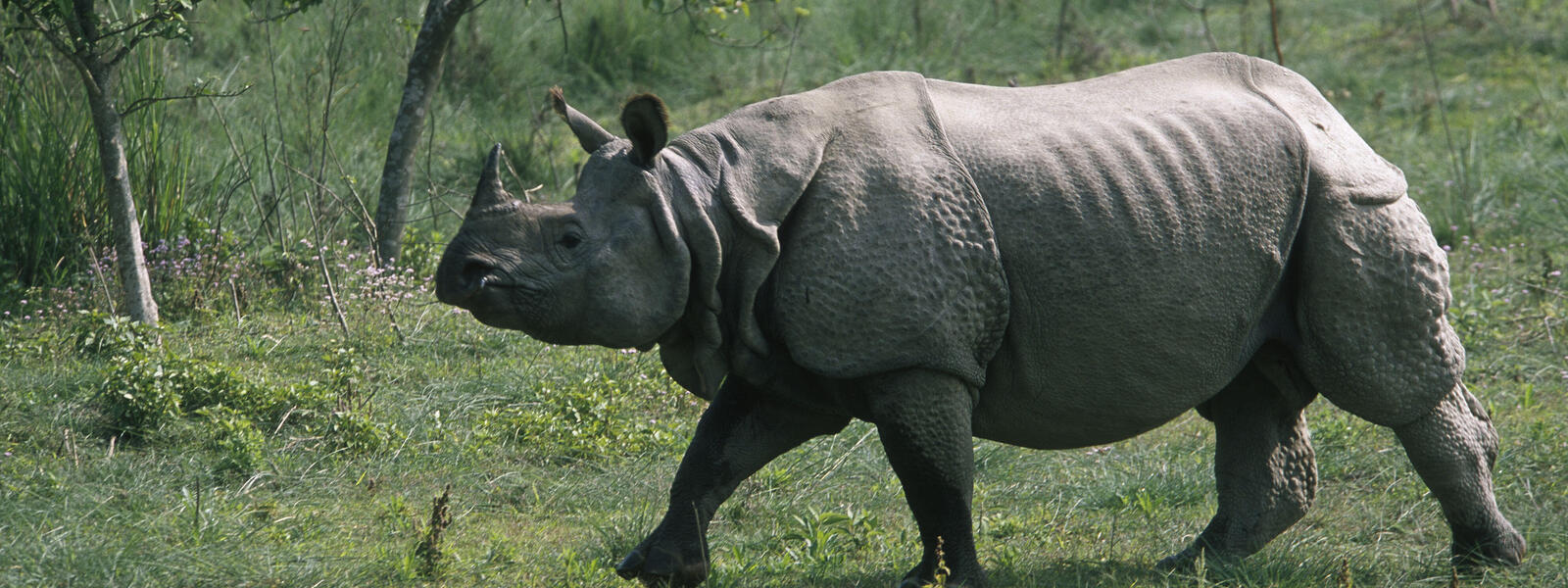
The Indian rhinoceros, also known as the one-horned rhinoceros, lives primarily in India and the foothills of the Himalayas. This species has long been a target for poachers due to the medicinal properties of its horns and its threat as an agricultural pest. Additionally, rhino populations face challenges from repeated flooding, forcing them to seek refuge in highlands beyond protected areas, leading to increased human-wildlife conflicts.
4. Snow Leopard
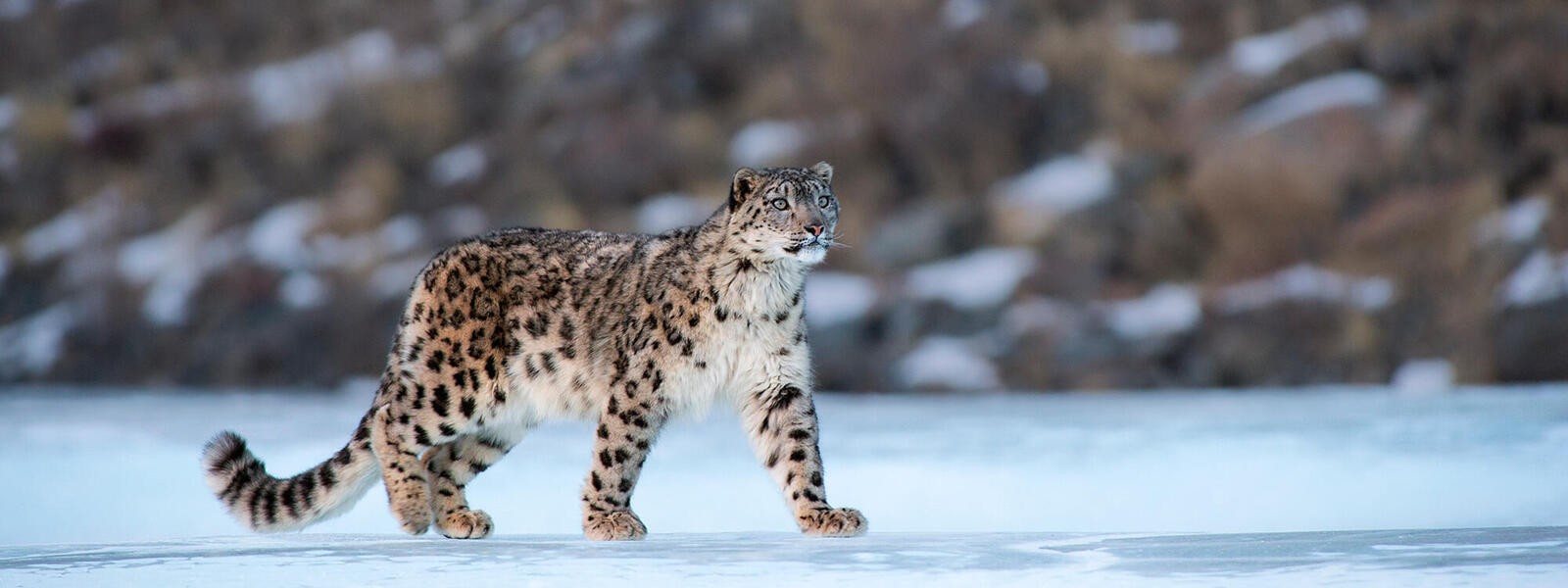

The snow leopard population has declined to just 500 individuals in India, with severe declines across 12 countries including China, Bhutan, Nepal, India, Pakistan, Afghanistan, Russia and Mongolia. Their natural habitat, the Himalayan region, is under increasing pressure and they are encroaching on human settlements in search of food, increasing human-wildlife conflict. In addition, the illegal trade in snow leopard skin, bones, and other body parts further threatens the survival of snow leopards. Conservation efforts are essential to protect these endangered cats and maintain the delicate balance of mountain ecosystems.
5. Bengal Tiger

With a population of 2,226 Bengal tigers, they account for about half of the world’s tiger population, with India being the main habitat for these majestic animals, as well as Bangladesh, Nepal, Bhutan, China and Myanmar. Bengal tigers are adapted to diverse environments such as forests, mangroves, and wetlands, and although their population has increased in recent years, they are still vulnerable to poaching for their skins and body parts, trophy hunting, urban expansion, and human interaction. Persistent threats such as habitat loss due to wildlife conflicts continue to place them at risk of extinction.
6. Red panda
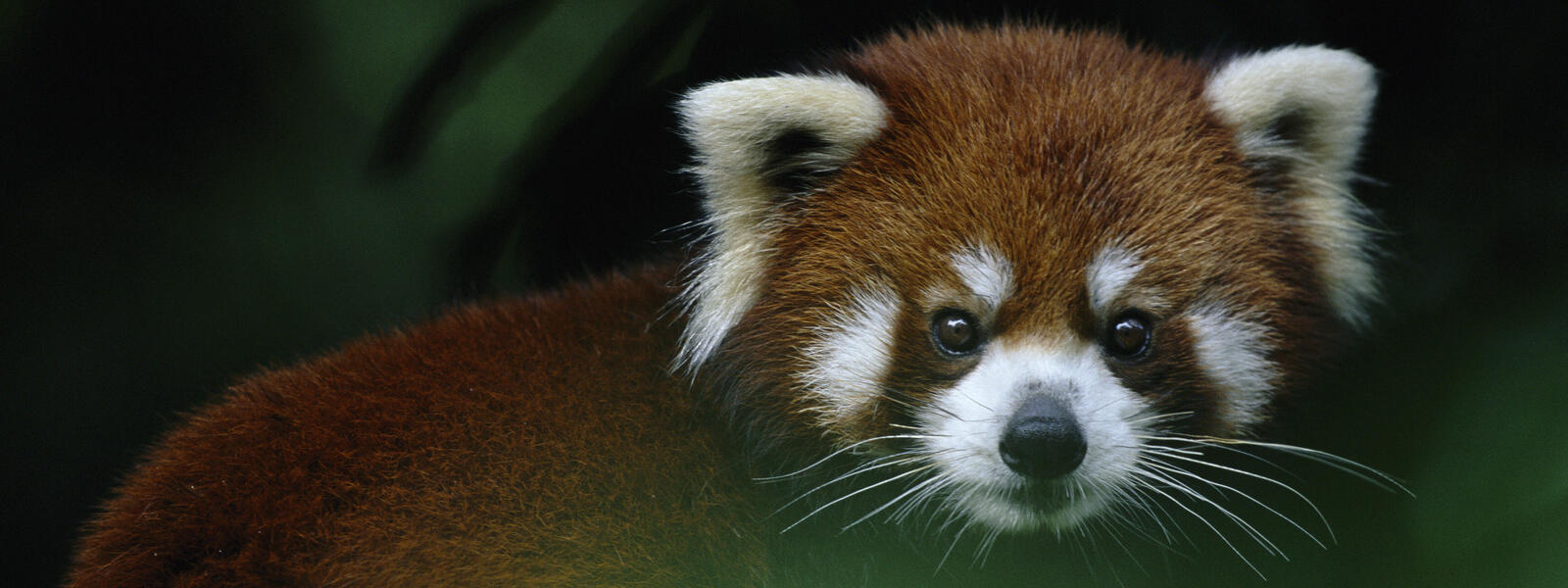
The International Union for Conservation of Nature (IUCN) has classified the red panda as an endangered species due to a significant population decline estimated at 50% over the past three generations, and the decline is likely to continue and intensify over the next three generations. It is predicted that there will be. In India, this arboreal mammal is mainly found in areas such as Sikkim, western Arunachal Pradesh, Darjeeling district of West Bengal, and parts of Meghalaya, with Sikkim having designated it as its state animal. ing.
7. Asiatic Lion

The Asiatic lion, a subspecies of lion, once roamed from southwest Asia to eastern India. However, its population has declined significantly and the entire species is now confined to Gir National Park and surrounding areas in the Indian state of Gujarat. Asiatic lions are 10-20% smaller than African lions and have been listed as endangered by the IUCN since 2010, with a current population of around 500-650.
Despite being protected within the Gir forest, these majestic animals face numerous threats. Farmers in the region often use shoddy and illegal electric fences to protect their crops, leading to fatal lions being accidentally entangled. Additionally, approximately 20,000 open wells dug for irrigation purposes have resulted in many lions accidentally drowning. Conservation efforts such as habitat restoration and anti-poaching efforts are essential to ensure the survival of these amazing creatures for generations to come.
8. Nilgiri Thar

There are only 2,500 to 3,000 Nilgiri Tahr, an endangered mountain goat, left in the wild. Due to poaching and habitat loss, it is restricted to only 10% of its former range in the states of Kerala and Tamil Nadu. Climate change poses an even greater threat, as rising temperatures are expected to make highland grassland and cliff habitats unsuitable.
9. Indian Bison

The Indian bison, or gaur, is the world’s largest wild cow. Gaurs, which live in South and Southeast Asia, are severely threatened by poaching for meat, horn, and medicine, as well as habitat loss due to grassland destruction and food shortages. This species has lost more than 70% of its population in many areas. Gaur, listed as vulnerable by the IUCN, is protected in India but requires reintroduction of native plants and regulation of cattle grazing.
10. Shiozal

The leopard monkey is an instantly recognizable monkey with a silvery-white mane that lives in the Western Ghats of southern India, but there are only about 4,000 of them in the wild. Experts predict that tropical rainforests will continue to shrink by 20% over the next 25 years due to hunting, traffic accidents and habitat loss. These shy primates spend most of their time in the upper tree canopy, but the changes in their behavior due to access to human food are alarming.

